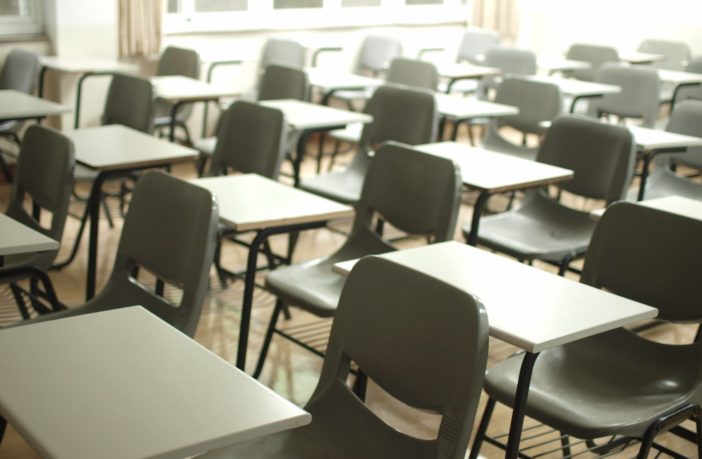#education
By Aziah Siid,
Word in Black
Here’s what you probably know about school segregation in the United States: On May 17, 1954, the United States Supreme Court ruled unanimously that racially segregated public schools were unconstitutional in the Brown v. Board of Education case.
Many cities across the Jim Crow South refused to comply with the ruling, and so six years later, on Nov. 14, 1960, a brave 6-year-old girl named Ruby Bridges needed U.S. marshals to escort her to her first day of class at all-white William Frantz Elementary School in New Orleans. At the same time, 6-year-olds Gail Etienne, Tessie Prevost, and Leona Tate integrated nearby McDonogh 19 Elementary School.
Norman Rockwell immortalized Bridges being escorted into the school in his famous 1964 painting, “The Problem We All Live With.” In the decades since, de jure segregation mandated by law has disappeared, but de facto segregation — what actually happens in practice — persists, and it continues to impact Black students today. How? Well, here’s what you may not know about modern-day school segregation.
1. Not much has happened since the 1970s
Experts at The Civil Rights Project at UCLA say school desegregation “peaked in 1988,” and there have been no major legal or policy advances since that time. It’s been almost 70 years since the high court struck down the“separate but equal” doctrine, but as researchers Gary Orfield and Danielle Jarvie wrote in a recent report, the legal effort to integrate schools has been abandoned and led to increased “isolation of Black students in all sectors of American education.” They go on to note that “New policies are needed, and legislation recently passed by the House of Representatives, the Strength in Diversity Act, could be a positive beginning.”
2. School segregation is getting worse
White-Black segregation increased by 35 percent from 1991 to 2020 in the 100 largest school districts. Black students have the least amount of contact with White students in Chicago, followed by Dallas, Miami, and Prince George’s County, Maryland,” according to the UCLA Civil Rights Project.
3. Other racial or ethnic groups are now counted
Black students are far more segregated from White students now than in the civil rights era, but schools are also more racially and ethnically diverse. Black kids, particularly in the western states and in the South, attend school with many more Latinos.
4. Schools in blue states are segregated, too.
New York is the most segregated state in the country for Black students, followed by Illinois, California, and Maryland. In the seven-episode Serial podcast series, “Nice White Parents,” Chana Joffe-Walt takes listeners through the influence White parents wield in private and public education and their direct contribution to keeping schools segregated in New York City schools. In-depth reporting on funding allocation, the power of parent-teacher associations, and the ways Black voices are kept out of decision-making in the nation’s largest school district are explored as well.
5. Nearly a quarter of Black students attend predominantly Black schools
A recent analysis by the U.S. Government Accountability Office found that although Black students are 15 percent of the U.S. public school population, 23 percent of them attend schools that are more than three-quarters Black.
6. Charter schools also struggle with segregation
School segregation is not just prevalent in traditional public schools. It’s spread across all school types, including charter schools, private, and magnet schools. The Government Accountability Office found more than 41 percent of charter schools and about 26 percent of magnet schools were predominantly same race/ethnicity, And although “magnet schools were established to assist in the desegregation, about one in four magnet schools are predominantly same-race/ethnicity schools.”
7. A lack of Black teachers is tied to desegregation
Research compiled by the National Institutes of Health shows after the Brown v. Board decision, “38,000 black teachers and administrators in twenty-one Southern and Southern-bordering states lost their jobs.” In addition, “Official language concerning black-teacher retention was included in neither the Civil Rights Act of 1964 nor the subsequent federal desegregation guidelines of 1966.”
Fast forward to today, and Black teachers make up only 6 percent of the profession in public schools, yet Black people comprise 14 percent of the U.S. population and 15 percent of the K-12 public school student population, according to the 2022 data from the National Center for Education Statistics. Black male educators, in particular, openly speak on how the lack of representation in the classroom from as early as elementary school through the collegiate level impacted their journey through schooling, but also how the disproportionately low numbers of Black teachers have an effect on today’s students.
This article was originally published by Word In Black.



